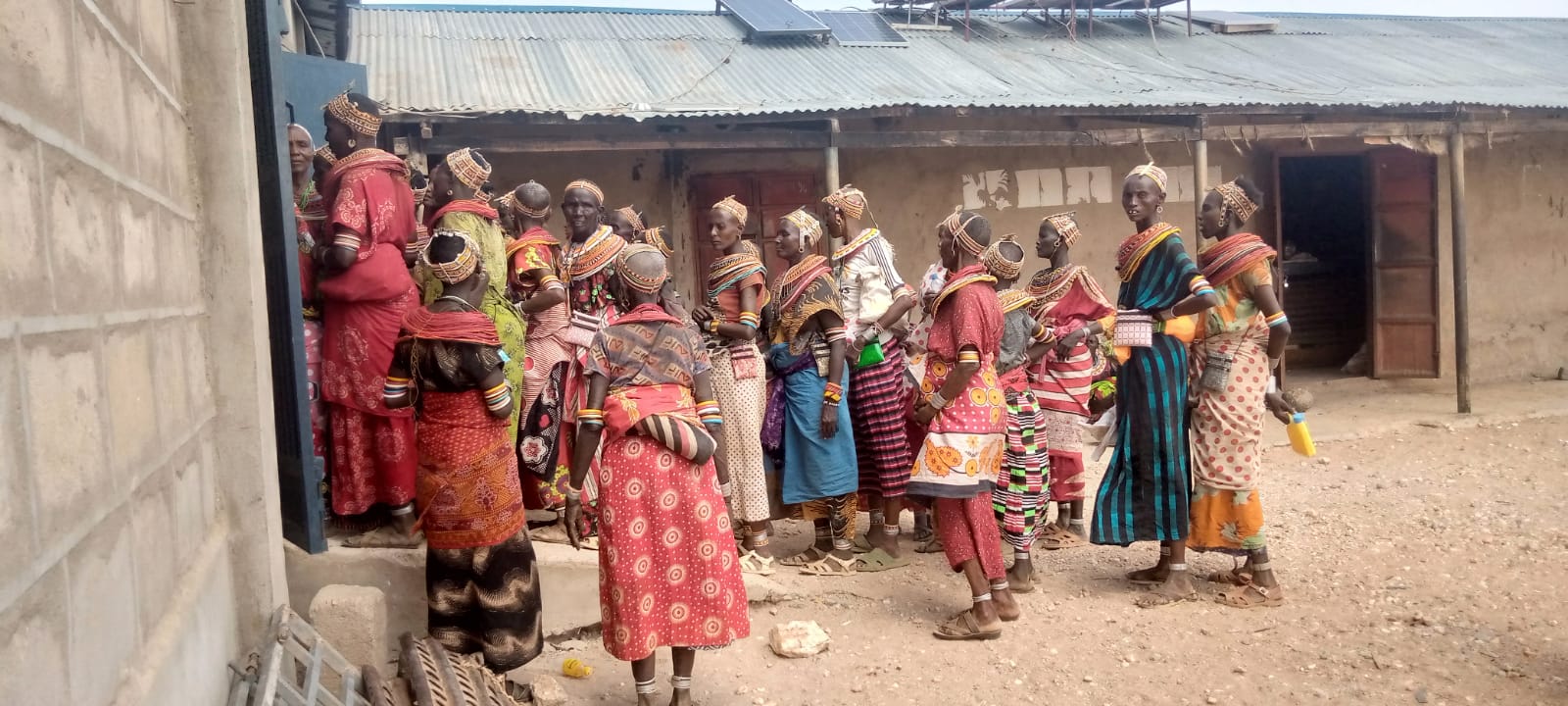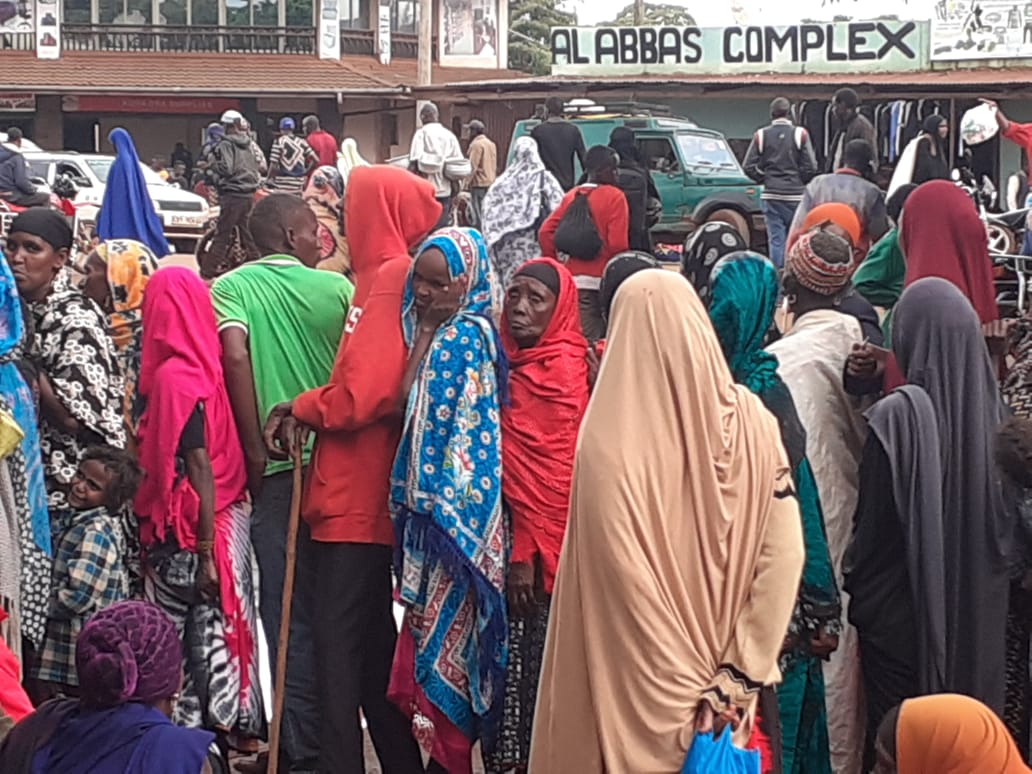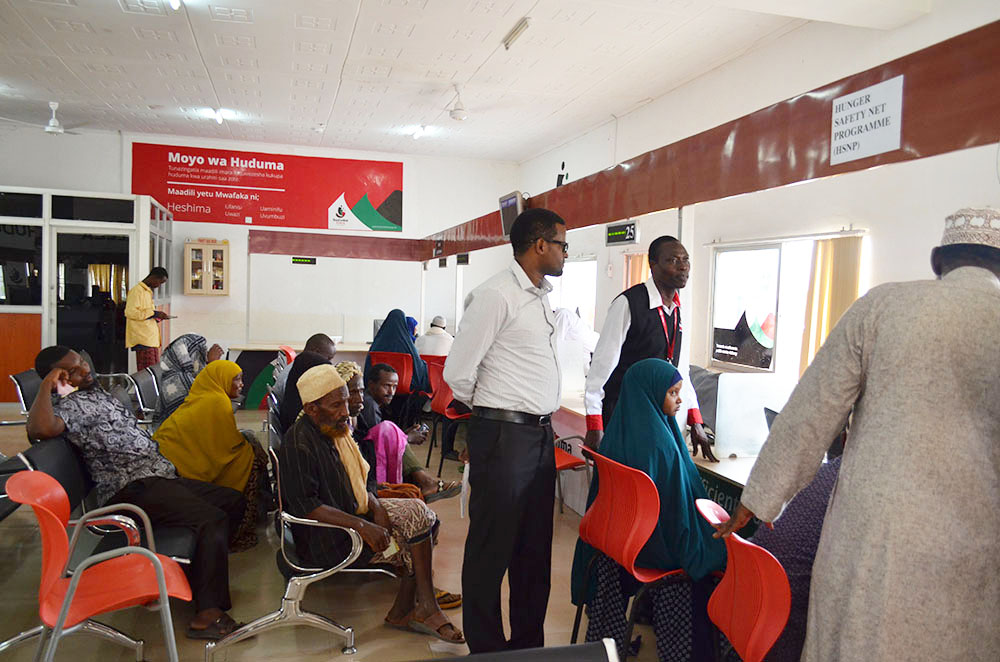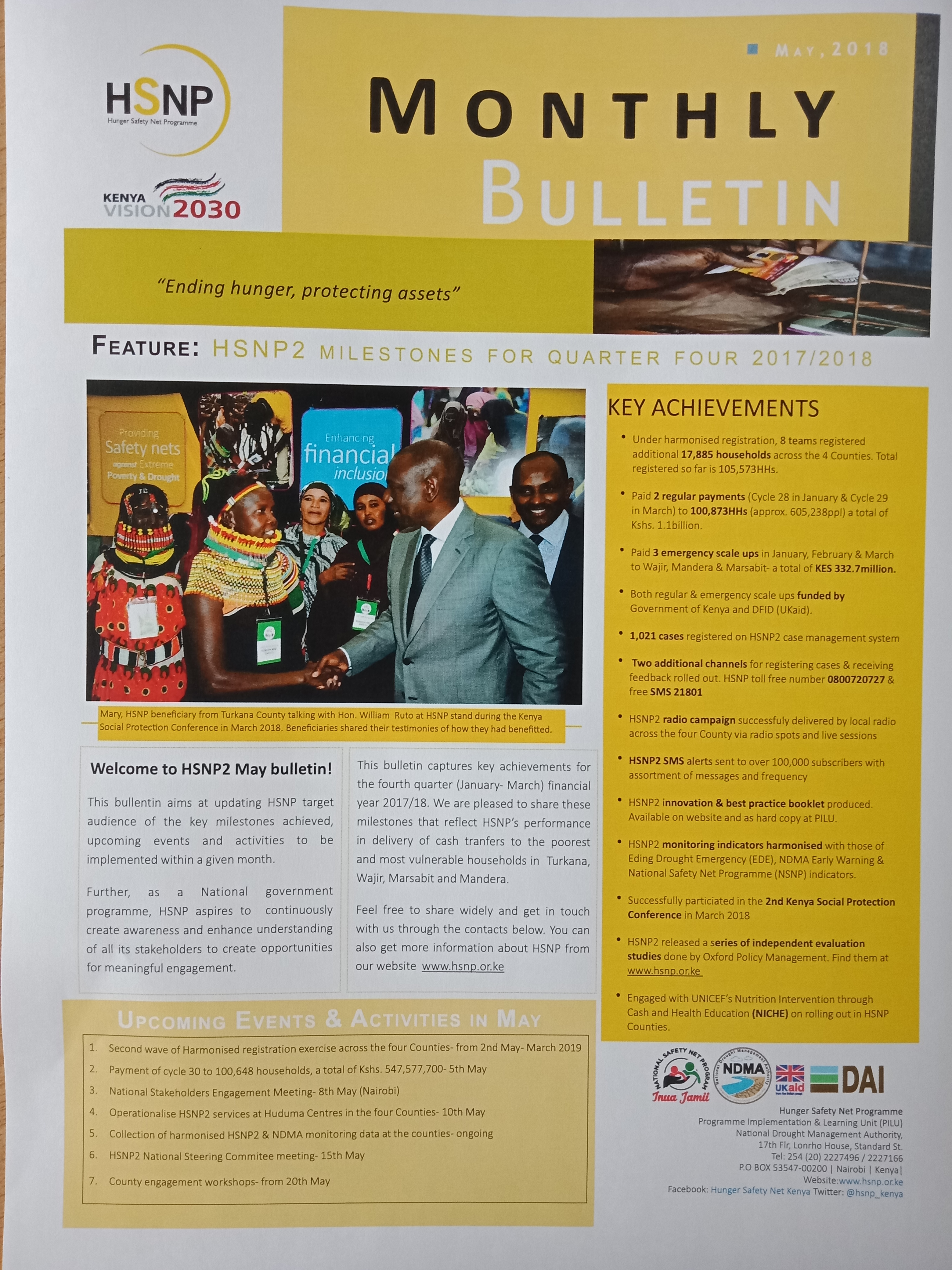HSNP RELEASES INDEPENDENT EVALUATION REPORTS & SPECIAL STUDIES FOR PHASE 2
In March 2018, Oxford Policy Management Ltd. (OPM) released an assortment of independent evaluation reports and special studies for HSNP2. OPM is the company contracted to conduct independent evaluation for both Phase 1 (2008-2012) and Phase 2 (2013-2018) for HSNP.
The evaluation provides evidence on programme performance for all those concerned with building stronger social protection systems across Kenya. HSNP2 evaluation involves four components that include:
- Impact Evaluation – this workstream provides an assessment of the impact of HSNP2 on beneficiary households and includes a study to look at how small amounts of cash injected into the local economy at household level further stimulates economic growth. It also includes a study focussing on drought-induced emergency scale-up payments.
- Operational Monitoring – this workstream monitors the payment process at each payment cycle and combines this with in-depth looks at special key topics identified in conjunction with the programme. It also provides an institutional capacity review and costing study.
- Policy Analysis – this workstream assesses the effectiveness of the programme targeting approach, conducts a strategic policy review to feed into the larger policy review for the national social protection agenda. It also provides some simulation and other analytical work to help inform the design of subsequent phases of the HSNP.
- Communications and Learning – this workstream is designed to ensure that findings from the other workstreams are shared and to support.
The following Evaluation outputs were released in March 2018:
 Photo credit: Santiago Arau © Oxford Policy Management 2018HSNP2 Impact Evaluation Final Report 2018
Photo credit: Santiago Arau © Oxford Policy Management 2018HSNP2 Impact Evaluation Final Report 2018
Presents the findings from the overall mixed-methods Impact Evaluation (IE) of HSNP2. It combines the results from the Qualitative IE, the Quantitative IE and the LEWIE. We shared this together with a standalone executive summary. Click to download report
HSNP2 Impact Qualitative Evaluation Report 2017
The Qualitative IE round 1 provides information about the context in which HSNP2 is operating as well as a qualitative assessment of the impact of both routine and emergency HSNP payments. It draws on the perceptions of beneficiaries and non-beneficiaries, as well as key informants in the four programme counties to describe how beneficiaries and non-beneficiaries perceive the impact of HSNP on different aspects on their lives. It provides a picture of how beneficiaries used their transfers and their thoughts on the changes that have resulted in their material and subjective wellbeing, ability to cope with risks, livelihoods, and the local economy at large. The report also reviews how the transfer is seen to affect social relationships. Click to download report
HSNP2 Independent Evaluation Report on Fiscal Space 2017
This study provides a fiscal space analysis for social protection in Kenya. It focuses on the social assistance element of the National Social Protection Strategy, in particular the four Cash Transfers under the NSNP. The objective is to explore the current and future fiscal space for investment in social assistance by the GoK. Different financing needs and scenarios are presented based on key fiscal and macroeconomic indicators. Click to download report
HSPN2 Independent Evaluation Report on Targeting 2017
This study provides an assessment of the targeting performance of HSNP 2 in terms of reaching poorhouseholds. It answers the questions of how beneficiary households compare to non-beneficiary householdsin terms of poverty status and other welfare characteristics; how phase 2 compares to phase 1 in this regard;and to what extent the PMT and CBT elements of the phase 2 targeting process select the poorest and/or most vulnerable households. It also considers the effect on targeting performance of the county allocation of beneficiary quotas. Click to download report
HSNP2 Local Economic Wide Impact Evaluation 2016
By providing support to poor households, the programme also injects new cash into local economies. Viewed from a local economy-wide perspective, the beneficiary households are a conduit for channelling new cash into the local economy. As households spend their cash, the impacts of the transfer spread from the beneficiary households to others inside and outside of the treated counties. Doorstep trade and purchases in village stores, markets, and nearby commercial centres transmit impacts from beneficiaries to non-beneficiaries in the region. Click to download report
HSNP2 Independent Quantitative Household Impact Technical Report 2017 Photo credit: Santiago Arau © Oxford Policy Management 2018
Photo credit: Santiago Arau © Oxford Policy Management 2018
The Quantitative IE presents the results from the quantitative impact evaluation at household level. The study estimates the change in key outcome variables (poverty, household consumption, food security and dietary diversity, financial access, livestock and asset ownership) that can be attributed to the HSNP2 transfers. The impact estimation is based on the integration of two quantitative impact evaluation methods, the regression discontinuity (RD) and the propensity score matching (PSM) approaches. Click to download report
HSNP2 Cost- Efficiency Study
The objective of cost-efficiency analysis of cash transfer programmes is to measure how much expenditure is incurred to deliver a certain amount of cash to recipients. The cost-efficiency analysis then takes stock of this expenditure and identifies how much has been spent on specific activities and items. Click to download report
 Photo credit: Santiago Arau © Oxford Policy Management 2018HSNP2 Impact Evaluation Qualitative Report on Youth Opportunity and Exclusion 2017
Photo credit: Santiago Arau © Oxford Policy Management 2018HSNP2 Impact Evaluation Qualitative Report on Youth Opportunity and Exclusion 2017
This report presents the findings of an exploratory study on youth opportunities and exclusion in the HSNP counties carried out as part of the qualitative component of the impact evaluation of HSNP Phase 2, which seeks to understand the context within which HSNP is being implemented and how this context mediates programme impacts. Youth (18 to 34 years), who constitute a large proportion of the population (about 30%), face many challenges in the HSNP counties, including: unemployment; exclusion from decision-making, public services, and national resources; real and perceived marginalisation; an identity crisis; and involvement in crime and violence. Click to download report
HSNP2 Operational Monitoring Report
This report concludes the first series of operational monitoring activities. It synthesises the results from 10 rounds of field monitoring that have been undertaken over the last two years to identify best practices and challenges in the way the programme has been operating. Click to download report
HSNP2 Strategy Policy Report 2016
The purpose of the Strategic Policy Review is to review HSNP’s principle objectives and the degree to which these are aligned with the broader social protection and ending drought emergencies contexts and agendas in Kenya. In doing so, the review will identify a number of options for how HSNP can evolve in the future to better respond to the changing contexts and to further align itself with national and sub-national agenda. Click to download report
For more about Impact Evaluation and other related reports for HSNP phase 2, go to Measurement & Evaluation
Happy Reading
Share widely
Carrie Ndoka
Communications
HSNP-PILU
 HSNP_beneficiaries_queue_in_Korr_Laisamis_1.jpg
HSNP_beneficiaries_queue_in_Korr_Laisamis_1.jpg






